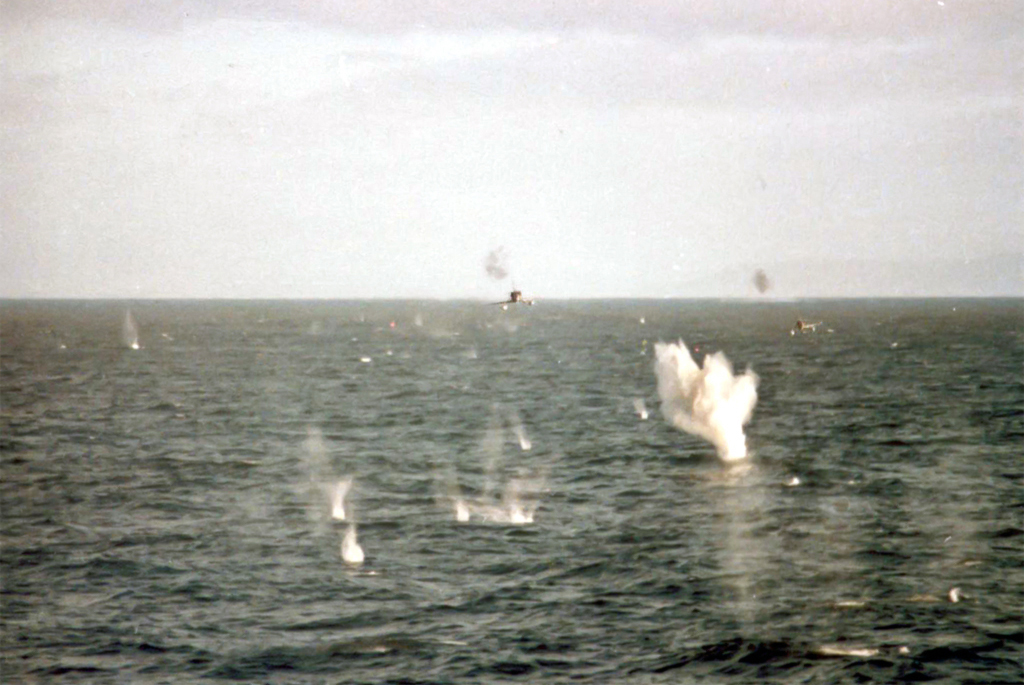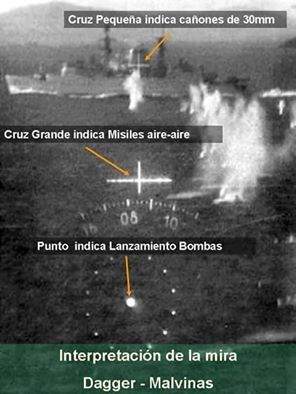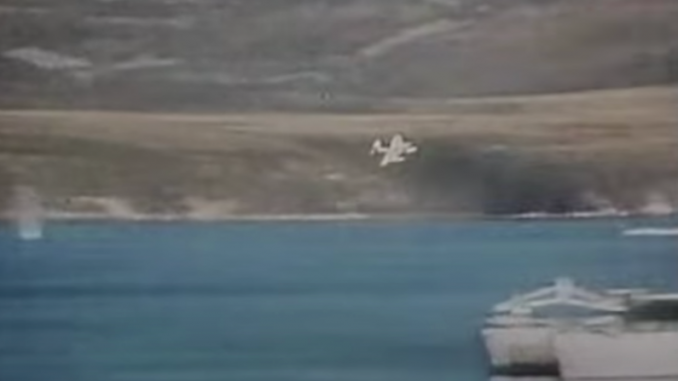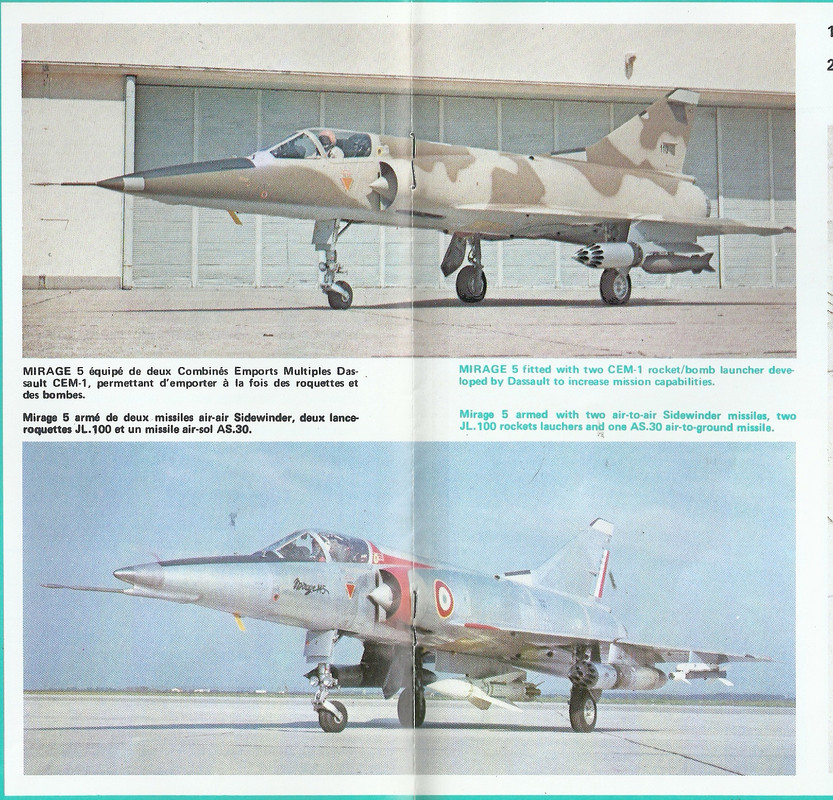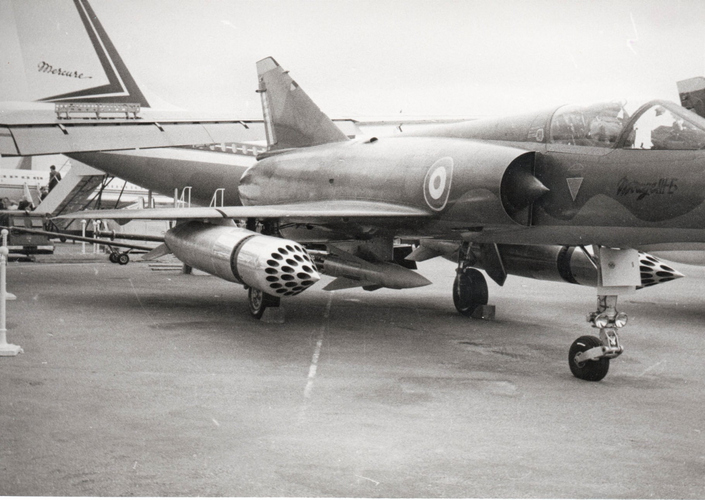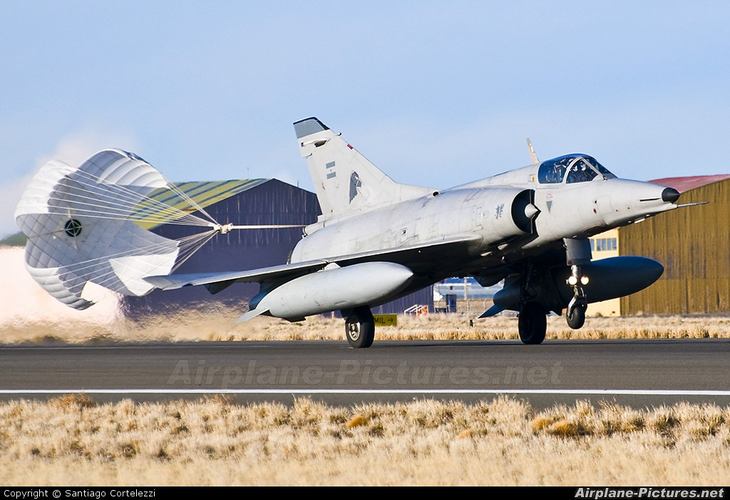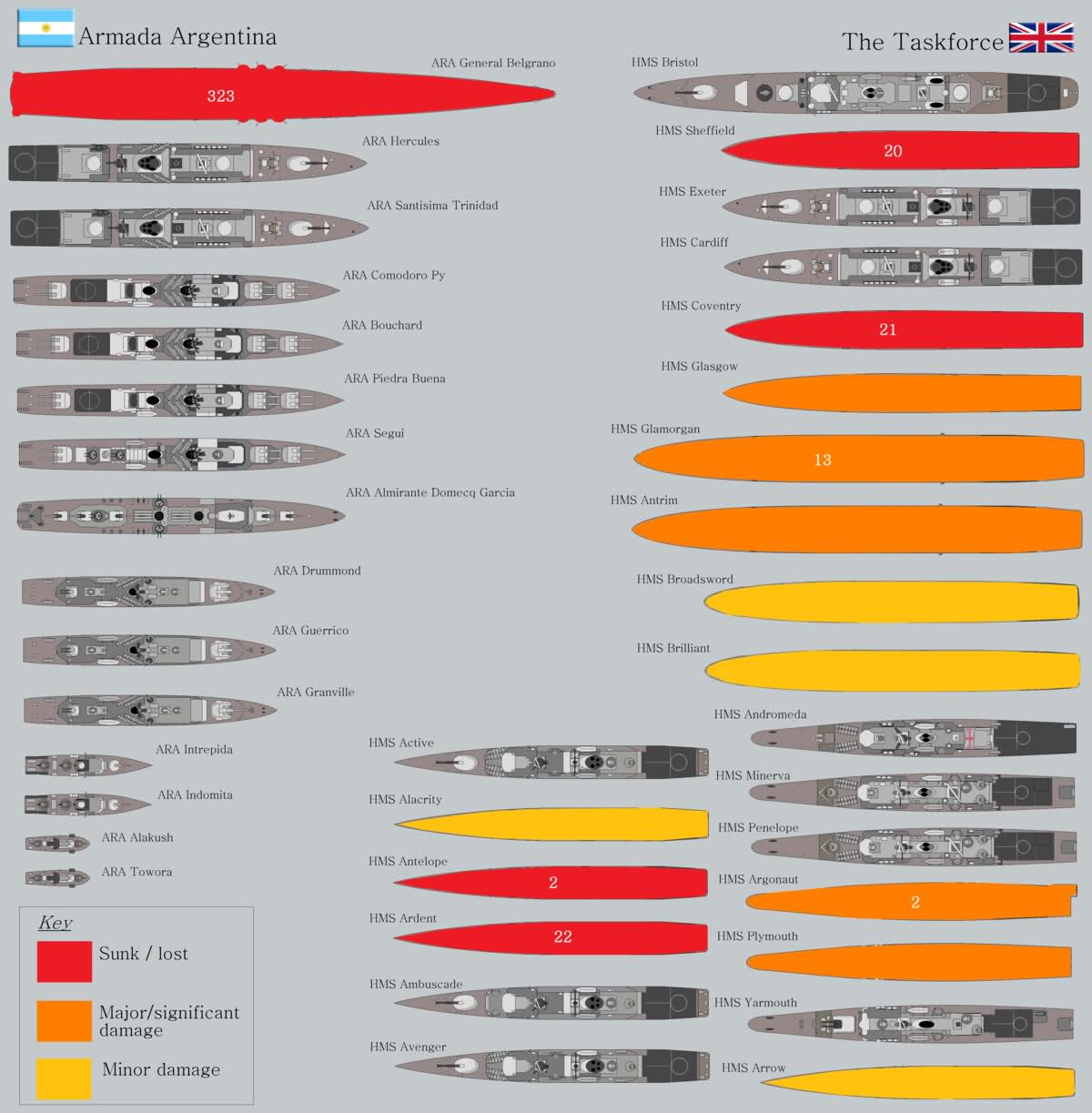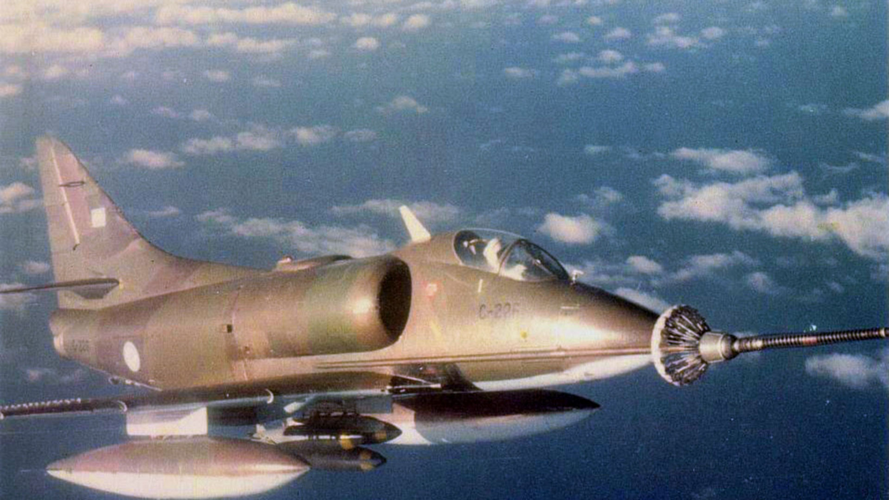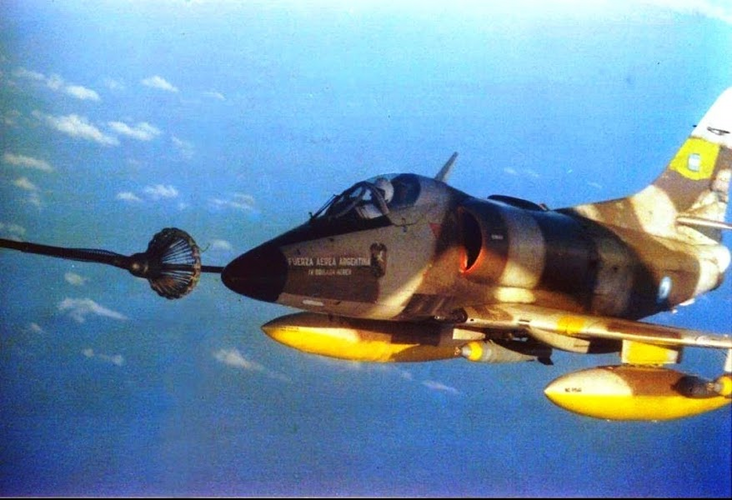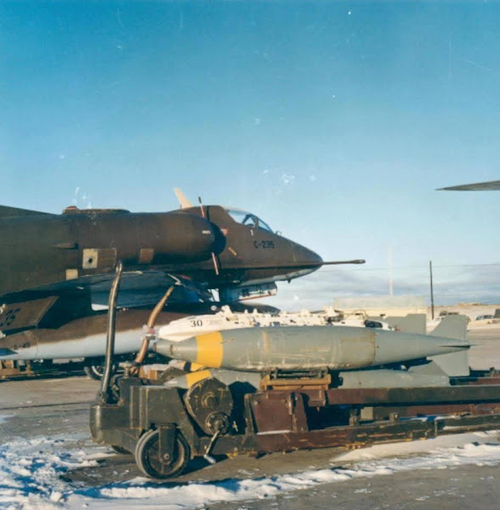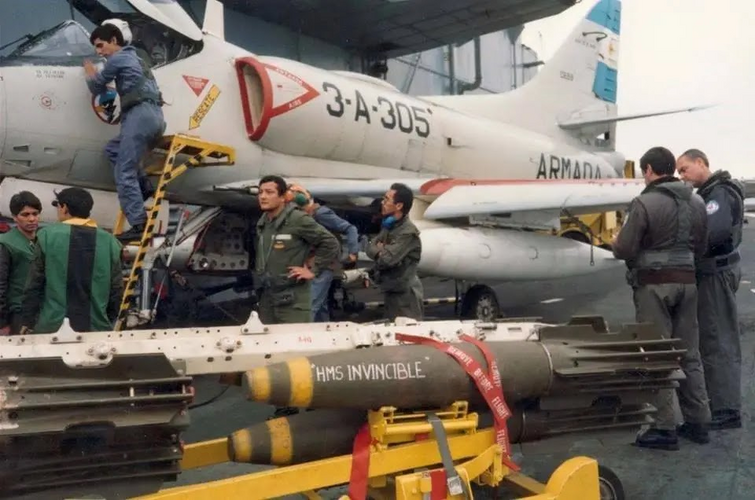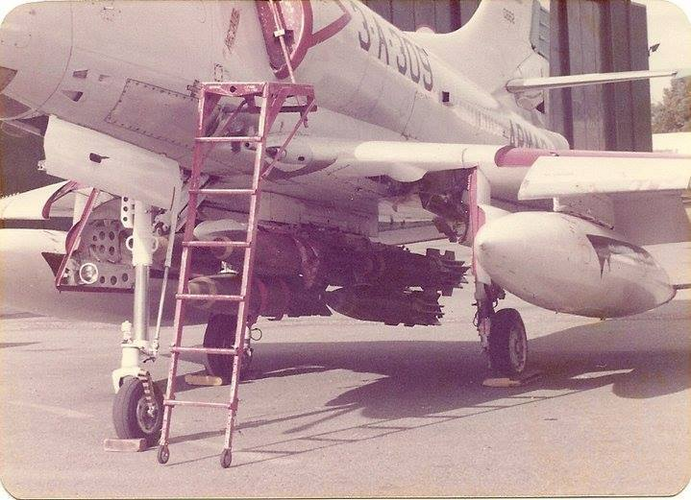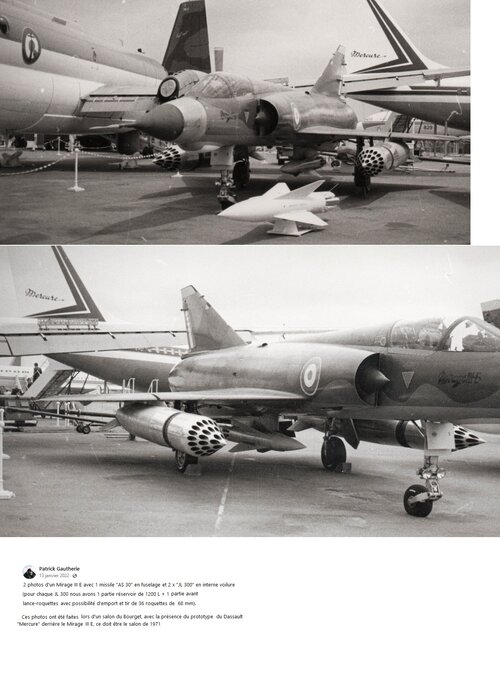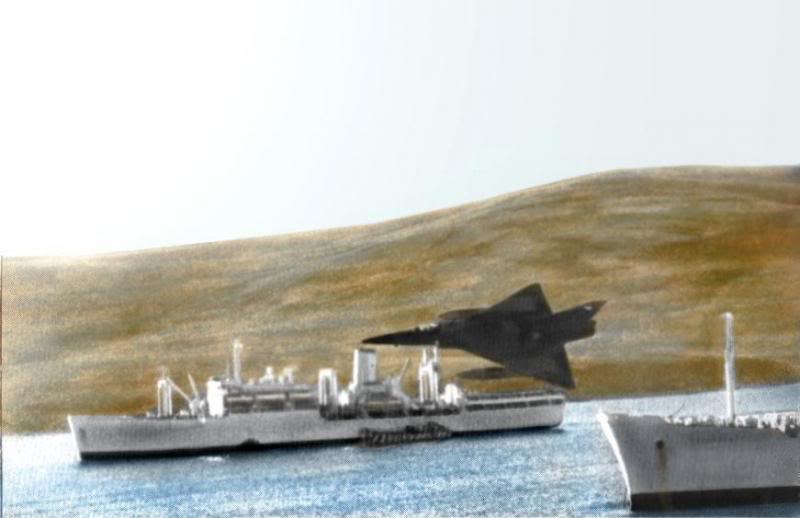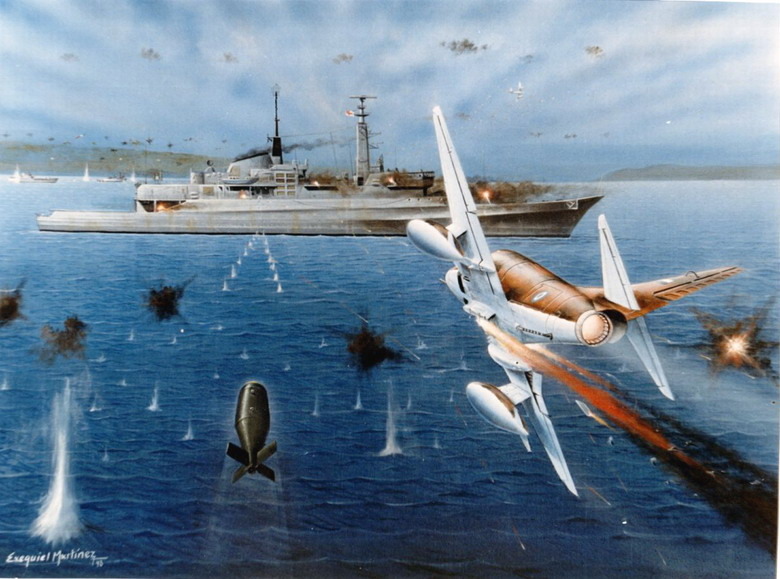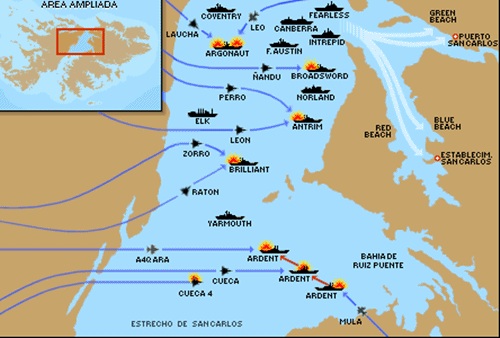carvalho2008
Naval alternative projects
- Joined
- 20 November 2015
- Messages
- 343
- Reaction score
- 374
Friends, why the doubt if the flight and attack profile would make it possible to use and hit rockets?See my post here. https://www.secretprojects.co.uk/th...during-falklands-war.41308/page-6#post-609874
Just asking a) could a Dagger with one 1300 L belly tank + 2*JL-100s "mix tanks" reach the Falklands and british fleet ?
And b) (I'm thinking of Crippa and his MB-339 here, who did that) how hard would it be for a Dagger, coming full bore and very low over the water, to put a few of 36 unguided FFAR into a British warship ?
c) what kind of damage can 68 mm FFAR do to a warship ?
I think this might be an interesting whatif. Considering the fact that Crippa managed to put a few FFAR into a british warship with a MB-339;
Whatif Argentina had JL-100s for its Daggers, and managed to put some on Skyhawks ?
Would it be suicide to attack the British fleet with the same Daggers and Skyhawks as per OTL, same low altitude and speed, except firing 2*18 68mm FFAR rockets ? Instead of obsolete bombs or bombs dropped too low and fast and not exploding half of the time ?
I think those are important questions to ask (and answer).
Try focusing on this, folks...
The profile was flat against the sides of the ships, at the last second the fighter climbed to pass over the ship...
Remembering, the fighters arrived at the level and using the cannons .... so .... there is no doubt ....
